Bucker Bu 181B Bestmann Luftwaffe German Air Force
Production Time 9 to 10 weeks
Shipment is by FedEx, UPS or DHL International Express Courier with a normal door-to-door delivery time worldwide of within 2-3 business days after dispatch. Due to the current volatility of world fuel prices, the amount mentioned here is our best estimate for DHL and UPS and may be subject to change at the time of shipping.

Model Description: Bucker Bu 181B Bestmann Luftwaffe German Air Force Wood Replica Scale Custom Model Aircraft
Manufacturer: Bucker
Wingspan: 16.9 Inches (42.9 Centimeters)
Height: 3.2 Inches (8.1 Centimeters)
Scale: 1:25
$239.50
Production Time 9 to 10 weeks
-
United States dollar ($)
-
Pound sterling (£)
-
Euro (€)
-
Australian dollar ($)
-
Canadian dollar ($)
-
Singapore dollar ($)
-
Swiss franc (CHF)
-
Japanese yen (¥)
-
Danish krone (kr.)
-
Hong Kong dollar ($)
-
Norwegian krone (kr)
-
Swedish krona (kr)
-
United Arab Emirates dirham (د.إ)
General Product Description
Our PlaneArts Bucker Bu 181B Bestmann Luftwaffe German Air Force model exhibits unique, unrivaled quality and detailed design to come as close as possible to the accuracy of the actual plane. It comes as standard with a robust, durable base or stand which is available in a variety of different finishes designed to match your own personal requirements including solid wood, wood with polished metal supports or adjustable wood wall mount and will be ready within about 9-10 weeks from placement of order.
The Bucker Bu 181B Bestmann Luftwaffe German Air Force model is made of the finest kiln dried renewable mahogany wood (commonly known as Lauan or Meranti) which has undergone many stages of carving and meticulous and careful sanding giving the beautiful, finished museum quality masterpiece. Many collectors and model connoisseurs demonstrate their preference for genuine handmade and hand painted mahogany wood models rather than plastic or die cast (diecast) alternatives due to the overall look and totally different feel of the item - we trust you will find the same. We can however, if required produce the same model in Solid Cast Resin so just click and contact us for further information. Our craftsmen and gifted artisans ensure that our finely handcrafted model airplanes match the precise blueprint details of the original aircraft. The paint scheme, markings and parts are closely matched, reflecting the original aircraft. This stylish top-quality desktop replica model will surely enthrall anyone who receives this as a gift and for sure one of the most appropriate and desirably collectable gifts for any military aviation enthusiast and avid aircraft collector whilst also displaying a perfect resemblance to the actual real life version.
There are many types of military propeller aircraft, but the basic types are bombers, fighters, fighter bombers, spotter planes, transporters, patrol aircraft, trainers, and reconnaissance and observation aircraft. All these types of aircraft are used for different types of missions. If you're a fan of historic or present-day military aviation, our model aircraft will bring the excitement and character of these aircraft right into your own home. You can order a wood airplane model of a North American B-25 Mitchell Bomber, a B17 - Flying Fortress, or a P-51 Mustang Nervous Energy V not forgetting the Bf 109, Spitfire, FW 190, A6M Zero, P-38 and F4U. These classic, propeller airplane models are of the highest quality. Each is individually crafted by our expert craftsmen. They produce handmade scale mahogany airplane models of the finest aircraft from World War I and II to present day biplanes and triplanes.
If you require, we can also make the Bucker Bu 181B Bestmann Luftwaffe German Air Force model in any other military, government or even private livery or colour scheme you require and if necessary, in a different size or scale. Just click here to contact us with a description or photographs of what you require, and we will let you have a quotation for the necessary customization by return email. We can also make bespoke scale replicas of any other private / civil commercial airliner or airliners, helicopter, glider, gliders with engines, military jet, warplane jets, biplane, triplane, tail fin, spacecraft, rocket or NASA model you require in any airline, military or civilian livery or colors. We also produce model airships, blimps, dirigibles, blimps, boats, and ship collectibles. Wall plaque or seal for military, government or private customers. Again, by clicking here to contact us just let us know exactly what you need.
The Bucker Bu 181 Bestmann: A Staple of the Luftwaffe Training Fleet
The Bucker Bu 181 Bestmann is a name that resonates with history and aviation enthusiasts alike. Designed and built by Bücker Flugzeugbau in Rangsdorf, near Berlin, this aircraft emerged as a crucial component of the Luftwaffe’s training regimen during World War II. With its maiden flight in 1939, the Bu 181 was meticulously crafted to fulfill the need for a primary trainer for the German Air Force. Its designation as “Bestmann” follows the German naval term for “best man,” reflecting its top-tier status in its class. This article explores the key features and historical significance of the Bucker Bu 181B Bestmann within the Luftwaffe and its broader implications in aviation history.
Design and Development:
The Bucker Bu 181 Bestmann was designed by Swedish engineer Anders J. Andersson, who had previously worked on the Bü 131 Jungmann, another cornerstone aircraft of its era. The Bu 181 featured a single-engine, two-seat monoplane, showcasing a blend of simplicity and functionality. Its construction primarily involved wood, with the fuselage frame made from welded steel tubes and covered with plywood. The wings were also wood-framed, covered with plywood, and featured fabric-covered control surfaces. This design not only made the Bestmann light and maneuverable but also ensured it was robust enough to handle the rigors of training novice pilots.
Operational Role:
The Bu 181B variant became the most prolific version, serving extensively as the standard primary trainer for Luftwaffe pilots throughout World War II. Its operational role extended beyond mere flight training; the aircraft was also used for liaison and courier duties, proving its versatility. The Bestmann’s ease of handling made it an ideal platform for teaching basic flight principles, navigation, and even rudimentary combat maneuvers. By the end of its production run in 1945, over 3,000 units had been manufactured, a testament to its indispensability and the high regard in which it was held by the German Air Force.
Technical Specifications and Performance:
The Bucker Bu 181B was powered by a 105 hp Hirth HM 504 A-2 engine, providing a balance of power and fuel efficiency. It had a maximum speed of approximately 135 mph (217 km/h) and a range of around 440 miles (708 km), characteristics that suited its training and utility missions well. The aircraft had a maximum takeoff weight of around 1,764 pounds (800 kg), highlighting its lightweight design. Its operational ceiling was approximately 13,120 feet (4,000 meters), enabling trainees to experience a range of flying conditions.
Legacy:
The legacy of the Bucker Bu 181 Bestmann extends far beyond its service in the Luftwaffe. After the war, production continued in Czechoslovakia and Sweden, underlining its solid design principles and adaptability. In Sweden, the aircraft was known as the Sk 25 and continued serving in a training capacity for many years. The Bestmann’s influence can also be seen in post-war aviation designs, and it remains a popular aircraft among vintage aviation enthusiasts and collectors around the world.
In summary, the Bucker Bu 181B Bestmann stands as a pillar of World War II aviation history. Its design efficiency, operational versatility, and enduring legacy underscore its significant role not only within the Luftwaffe but also in the broader context of flight training and aviation development. Today, the Bestmann continues to be celebrated for its contributions to aviation history, immortalized in museums and cherished by vintage aircraft aficionados globally.
| Weight | 6 kg |
|---|---|
| Dimensions | 12.5 × 16.9 × 3.2 in |
Be the first to review “Bucker Bu 181B Bestmann Luftwaffe German Air Force” Cancel reply
Similar Models
Military Airplanes - Jet
Military Airplanes - Propeller
Military Airplanes - Propeller
Military Airplanes - Propeller
Military Airplanes - Jet
Military Airplanes - Propeller
Military Airplanes - Propeller
Military Airplanes - Propeller
Military Airplanes - Propeller
Military Airplanes - Propeller
Military Airplanes - Propeller
Military Airplanes - Propeller
Military Airplanes - Propeller
Military Airplanes - Propeller
Military Airplanes - Propeller
Military Airplanes - Jet
Airbus A310 MRTT Luftwaffe German Air Force Refuelling Eurofighter Models

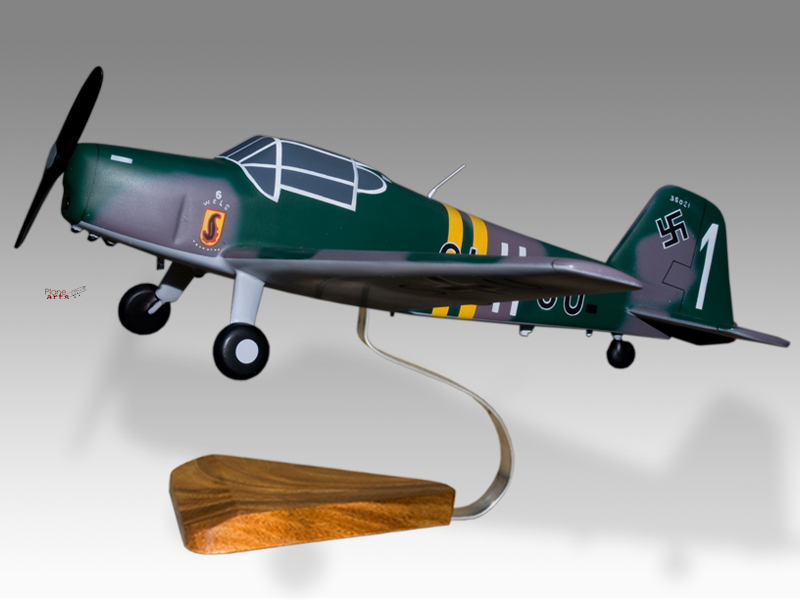
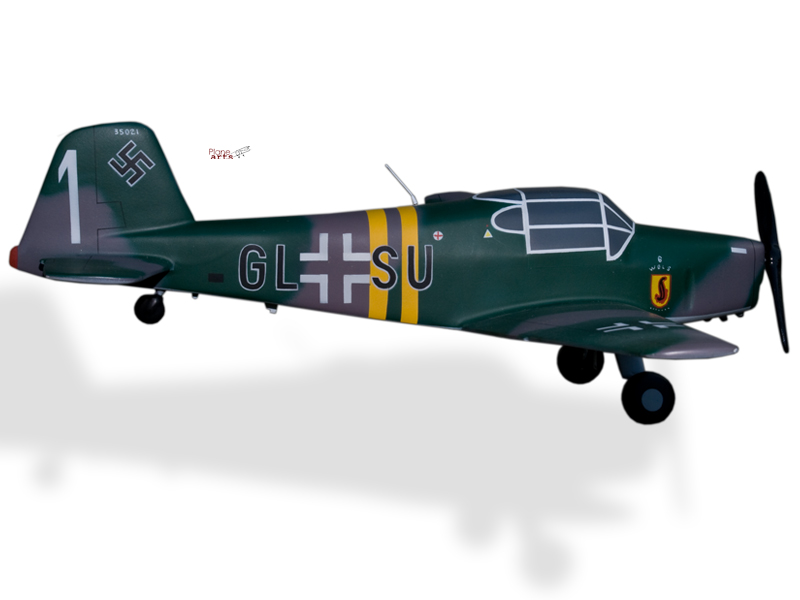
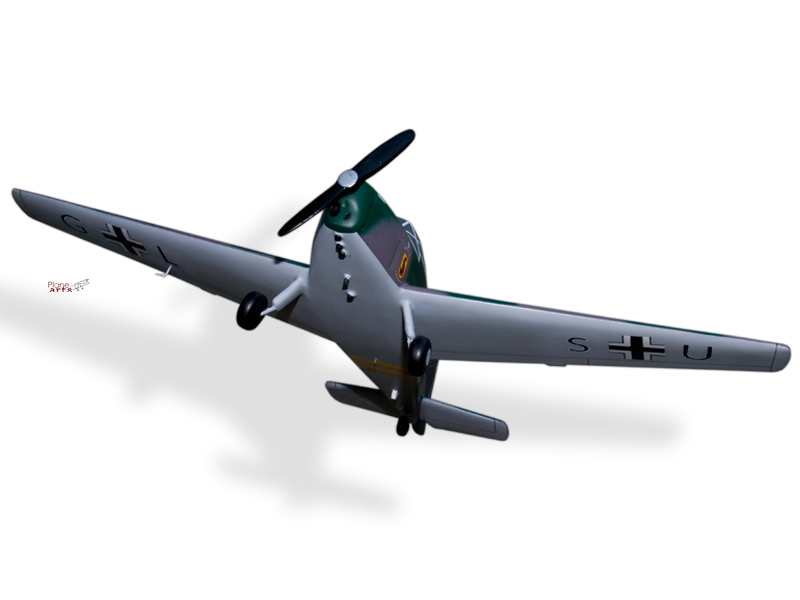
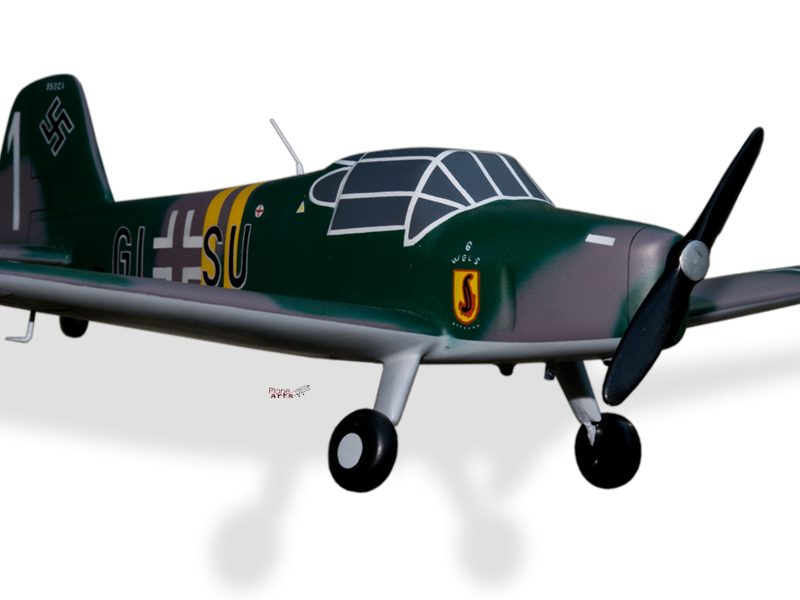

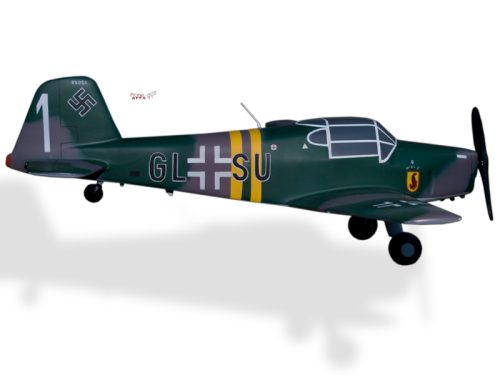
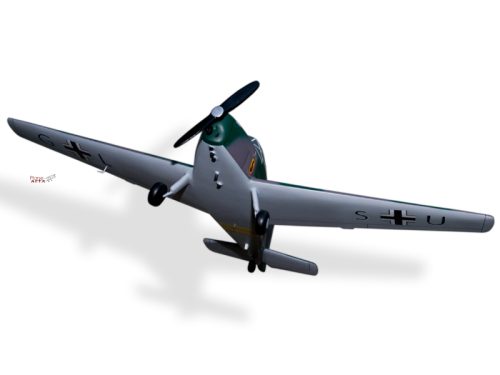
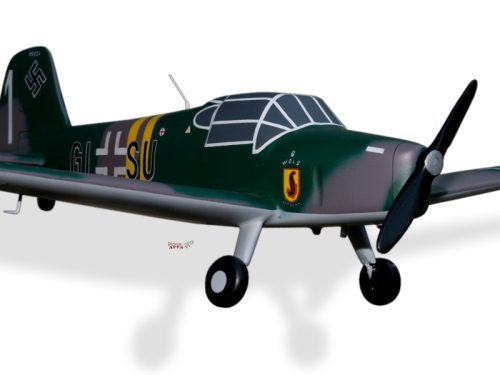
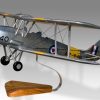
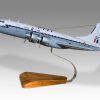


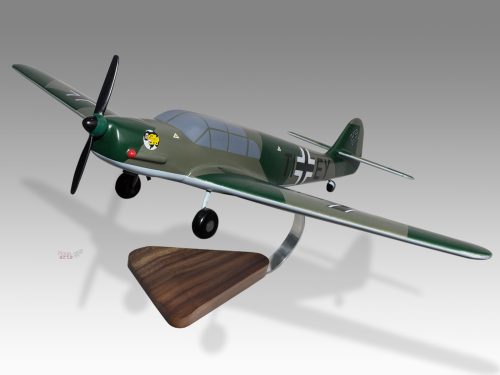
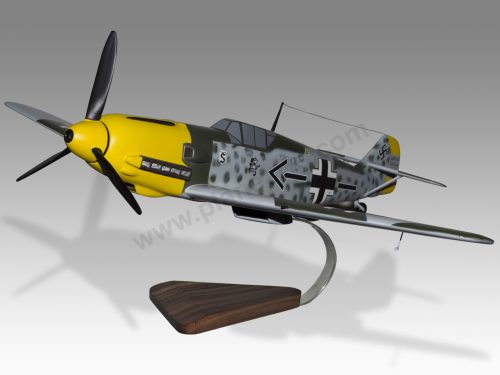
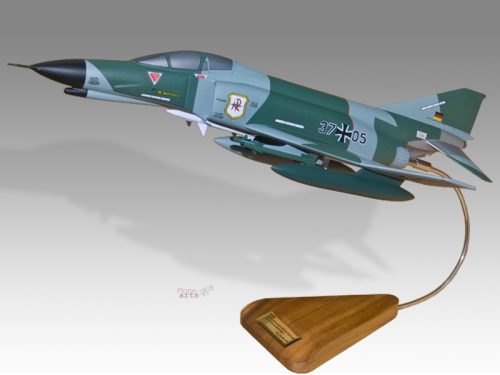
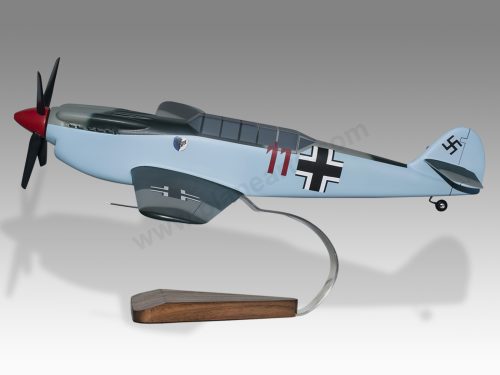
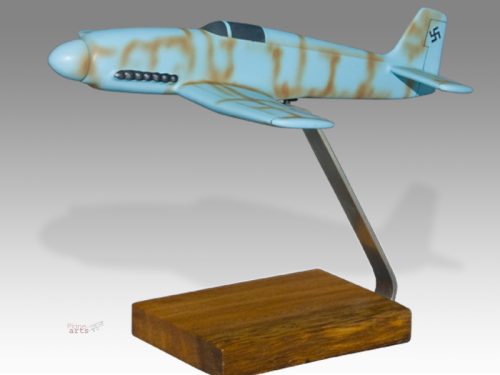
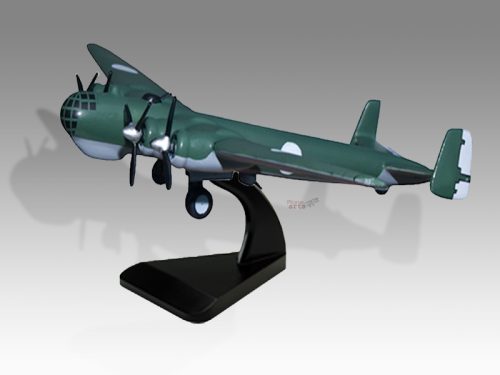



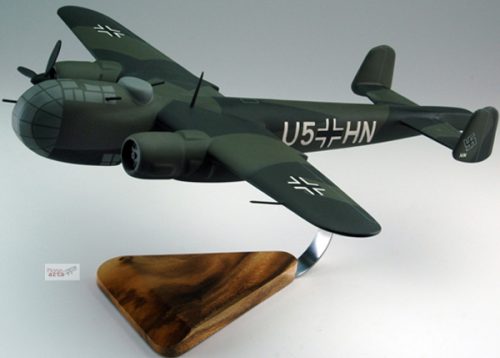

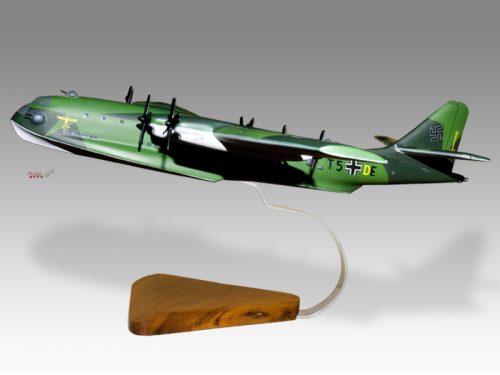
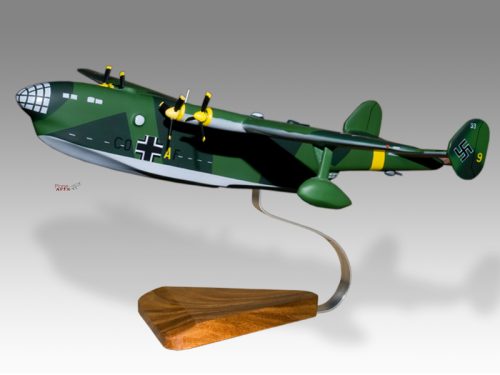



Reviews
There are no reviews yet.